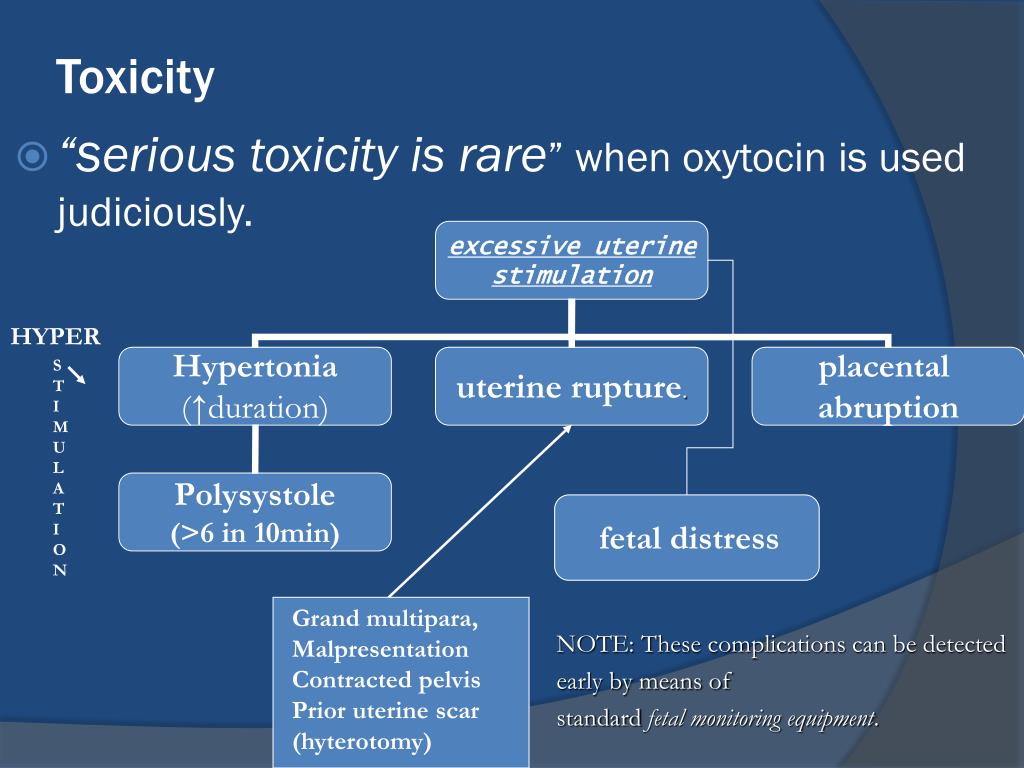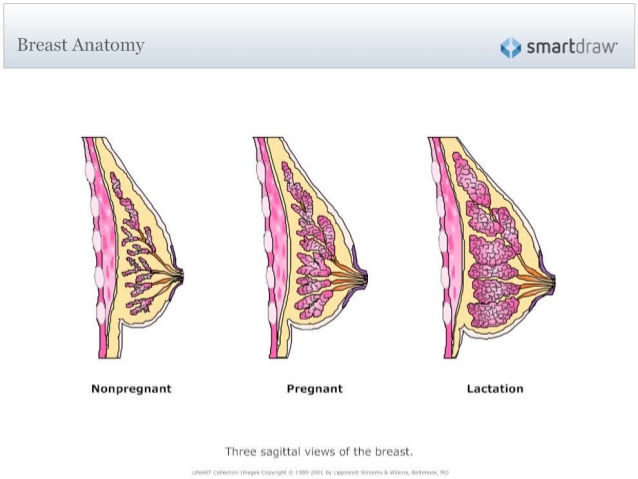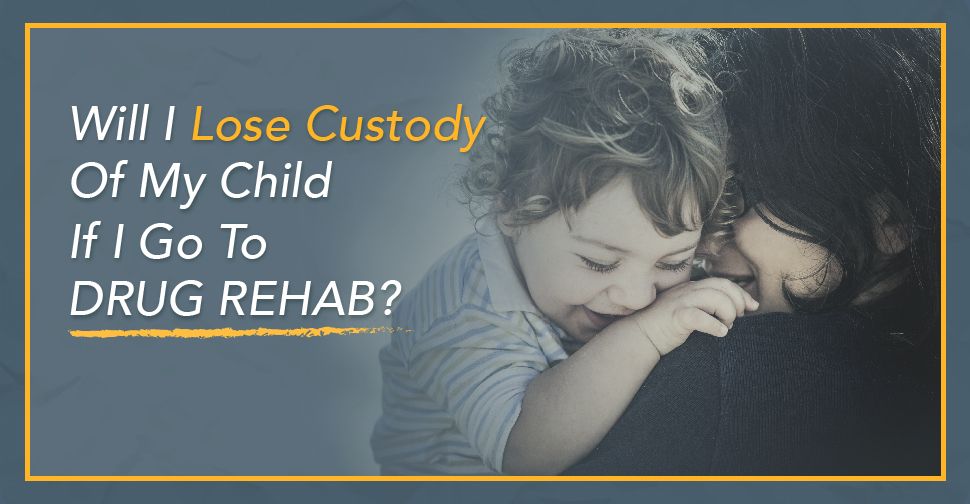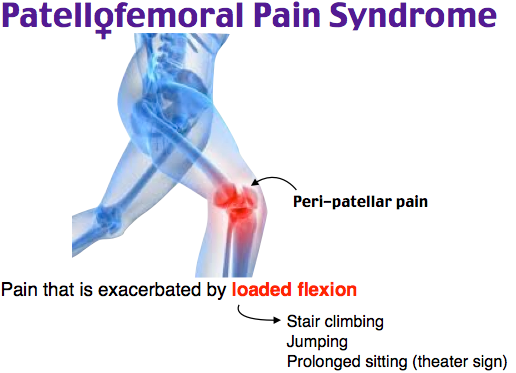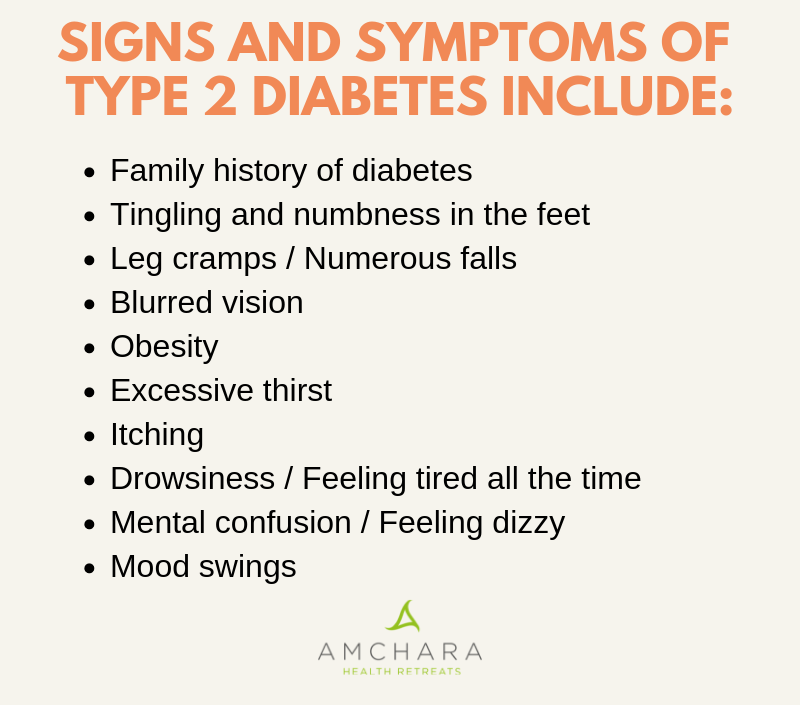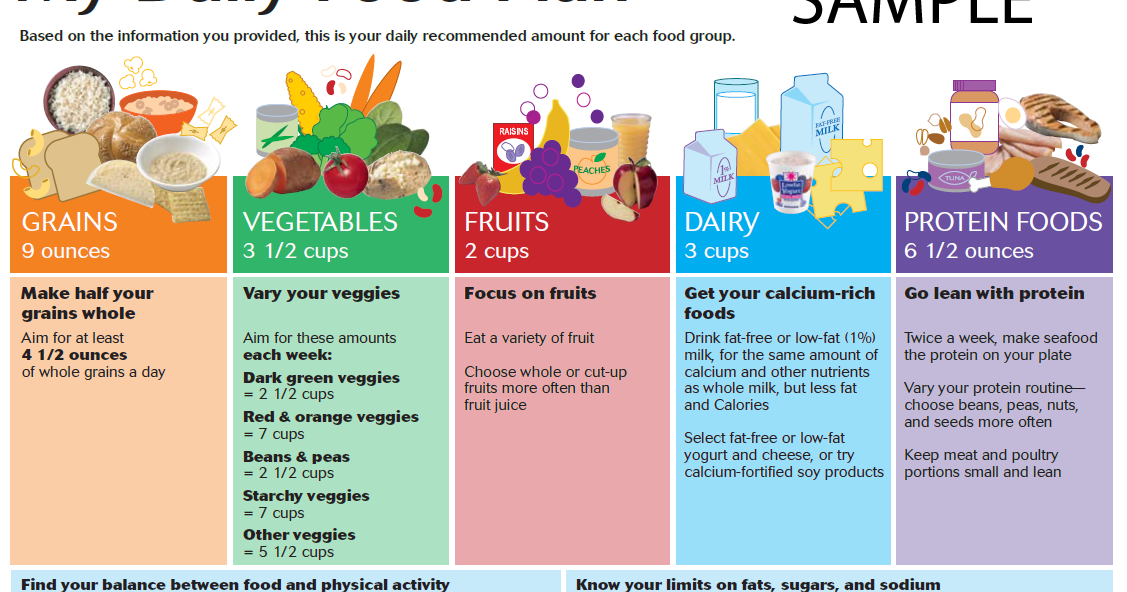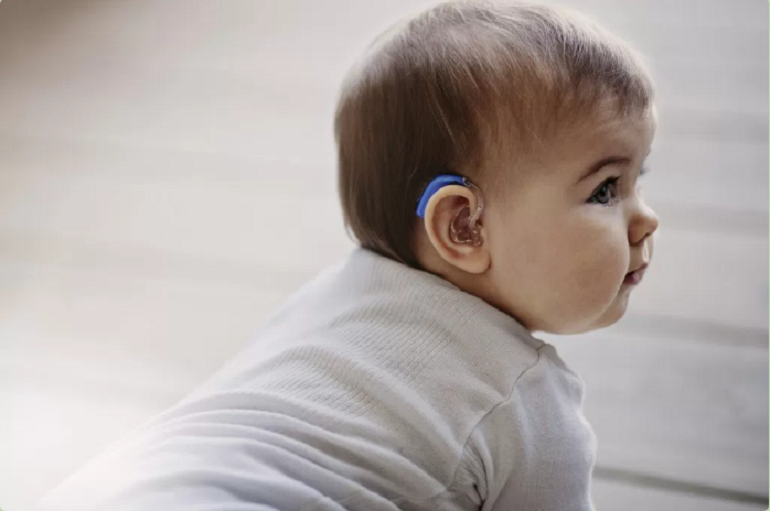What to give a vomiting child
Vomiting in children and babies
It's normal for babies and children to vomit occasionally. In most cases, it will last no longer than one to two days and isn't a sign of anything serious.
The most common cause of vomiting in children and babies is gastroenteritis. This is an infection of the gut usually caused by a virus or bacteria, which also causes diarrhoea. The symptoms can be unpleasant but your child will usually start to feel better after a few days.
However, persistent vomiting can sometimes cause your child to become severely dehydrated and occasionally it can be a sign of something more serious, such as meningitis.
This page outlines what to do if your child keeps vomiting and describes some of the common causes of vomiting in children and babies.
If your child has a high temperature, you can also read a separate page about fever in children.
What to do
If your child vomits, you should keep a close eye on them. Trust your instincts and contact your GP immediately if you're worried.
If the cause is just a tummy bug, your child should still be feeling well enough to eat, play and be their usual self. In this case, keep feeding them as normal and offer them regular drinks (see below).
But if they don't seem themself – for example, if they're floppy, irritable or less responsive – they may be seriously ill, so you should get medical help immediately.
When to get medical advice
You should contact your GP if:
- your child is repeatedly vomiting and is unable to hold down fluids
- you think they're dehydrated – symptoms of dehydration can include a dry mouth, crying without producing tears, urinating less or not wetting many nappies, and drowsiness
- their vomit is green or contains blood
- they have been vomiting for more than a day or two
Go to your nearest accident and emergency (A&E) department if your child is vomiting and develops sudden and severe tummy pain, or they're floppy, irritable or less responsive
Call 999 for an ambulance or go to your nearest A&E department immediately if they're vomiting and have a headache, stiff neck and a rash.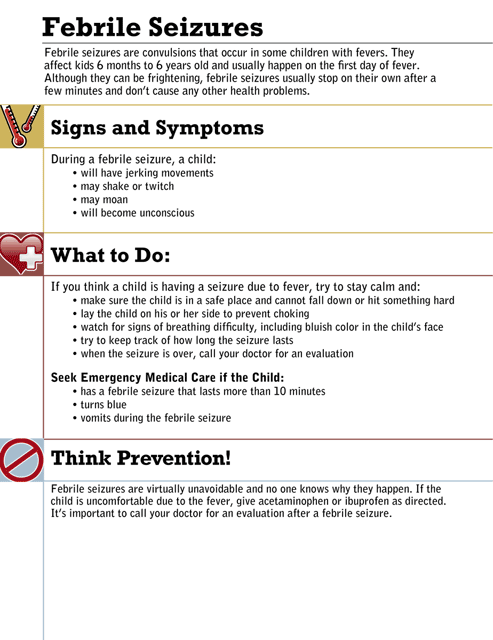
Looking after your child at home
In most cases, you can treat your child safely at home. The most important thing you can do is make sure they keep drinking fluids to prevent dehydration.
If your baby is vomiting, carry on breastfeeding or giving them milk feeds. If they seem dehydrated, they will need extra fluids. Ask your GP or pharmacist whether you should give your baby oral rehydration solution.
Oral rehydration solution is a special powder that you make into a drink. It contains sugar and salts to help replace the water and salts lost through vomiting and diarrhoea.
Children who are vomiting should keep taking small sips of clear fluid, such as water or clear broth. Fruit juice and fizzy drinks should be avoided until they're feeling better. If they're not dehydrated and haven't lost their appetite, it's fine for your child to eat solid foods as normal.
Again, speak to your GP or pharmacist if you're concerned about dehydration. They may recommend an oral rehydration solution for your child.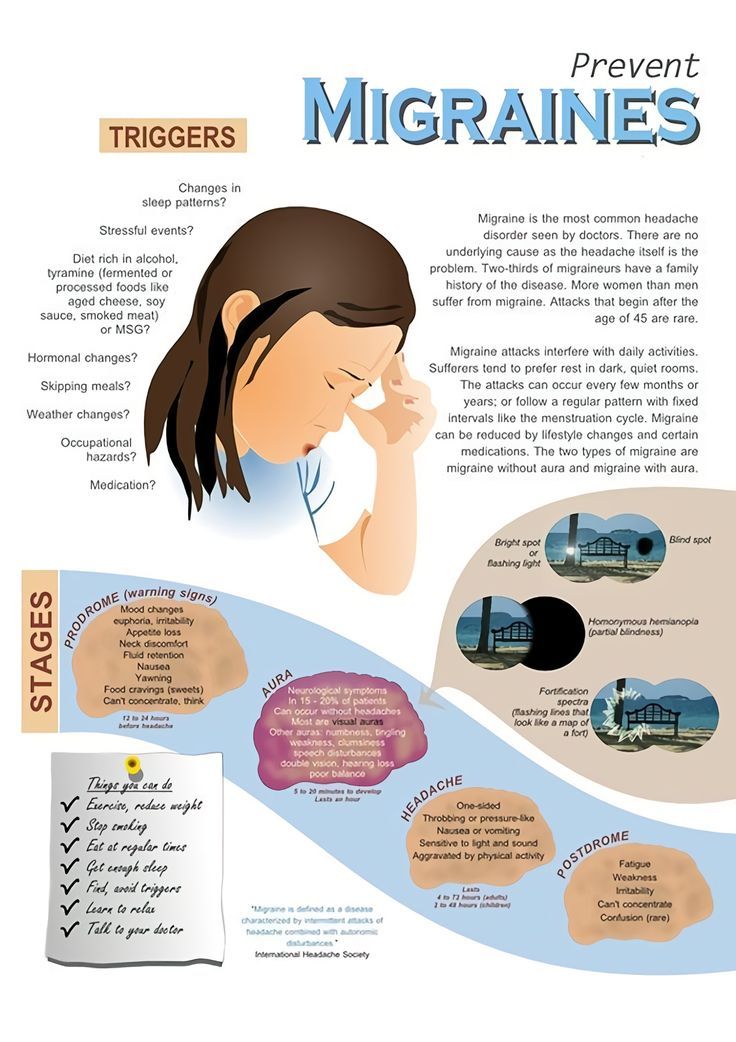 Contact your GP or practice nurse if your child is unable to hold down oral rehydration solution.
Contact your GP or practice nurse if your child is unable to hold down oral rehydration solution.
If your child has diarrhoea and is vomiting, they shouldn't go to school or any other childcare facility until 48 hours after the last episode of diarrhoea or vomiting.
Read more about treating gastroenteritis in children.
Causes of vomiting in children
There are a number of possible causes of vomiting in children, which are described below.
Gastroenteritis
Gastroenteritis is an infection of the gut. It's a common cause of vomiting in children and usually lasts a few days.
Food allergy
Food allergies can cause vomiting in children, as well as other symptoms, such as a raised, red, itchy skin rash (urticaria) and swelling of the face, around the eyes, lips, tongue or the roof of the mouth.
Watch out for foods that may bring on vomiting and see your GP for a diagnosis if you think your child may have a food allergy.
Other infections
Vomiting can sometimes be a sign of an infection other than gastroenteritis, such as urinary tract infections (UTIs), middle ear infections, pneumonia or meningitis.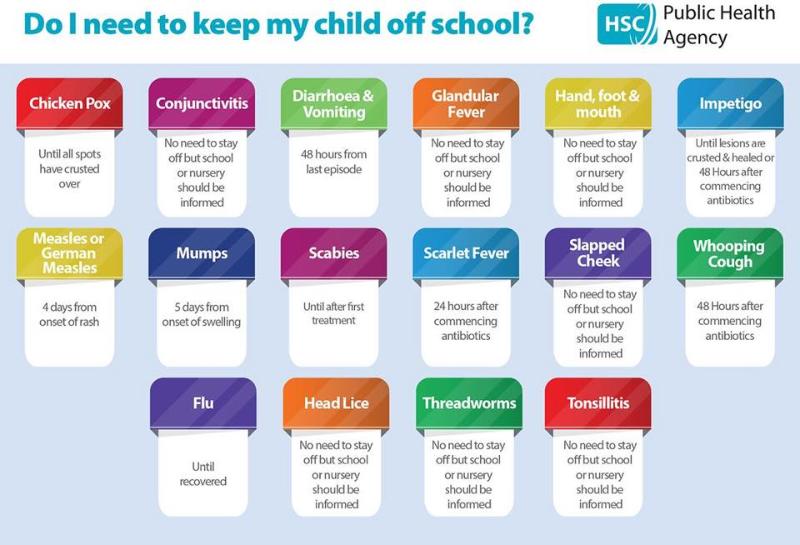
Contact your child's GP if they're vomiting and experiencing additional symptoms of an infection, such as a high temperature (fever) and irritability.
Appendicitis
Appendicitis is a painful swelling of the appendix, a finger-like pouch connected to the large intestine. It causes severe tummy pain that gets worse over time.
If your child has tummy pain that's gradually getting worse, contact your GP, or if they aren't open call NHS 24's 111 service immediately. You should call 999 for an ambulance if they have pain that gets worse quickly and spreads across their tummy.
In most cases of appendicitis, the appendix will need to be surgically removed as soon as possible.
Poison
Accidentally swallowing something poisonous can cause your child to vomit. If you think this is the case, contact your GP immediately or take your child to your nearest accident and emergency (A&E) department.
Causes of vomiting in babies
These include:
- gastroenteritis
- a food allergy or milk intolerance
- gastro-oesophageal reflux – where stomach contents escape back up the gullet
- too big a hole in the bottle teat, which causes your baby to swallow too much milk
- accidentally swallowing something poisonous
- congenital pyloric stenosis – a condition present at birth where the passage from the stomach to the bowel has narrowed, so food is unable to pass through easily; this causes projectile vomiting
- a strangulated hernia – your baby will vomit frequently and cry as if they are in a lot of pain; this should be treated as a medical emergency
- intussusception (where the bowel telescopes in on itself) – as well as vomiting, your baby may look pale, floppy and have symptoms of dehydration
Vomiting
Nationwide Children’s Hospital
Vomiting (throwing up) is most often caused by a virus or stomach bug.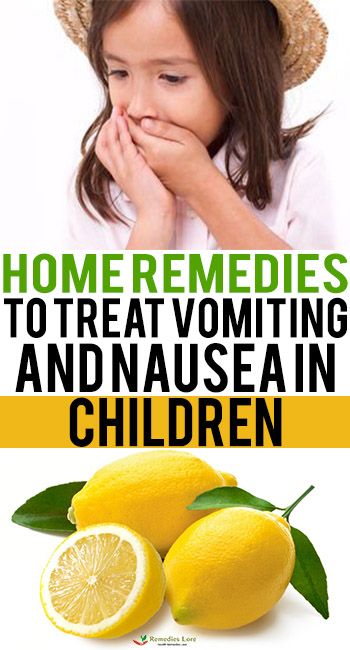 Some serious illnesses may also cause vomiting. Vomiting caused by a virus usually lasts only a couple of days. It can often be treated at home.
Some serious illnesses may also cause vomiting. Vomiting caused by a virus usually lasts only a couple of days. It can often be treated at home.
The main danger from vomiting is dehydration. This means that the child has lost too much fluid and does not have enough electrolytes (salts) in their body for it to work the right way. It is most important for your child to drink plenty of liquids to prevent dehydration.
Do not lay your baby on their stomach to sleep after they have vomited. They are still safest sleeping on their backs. Toddlers may sleep on their side or stomach with their heads turned.
Liquids You May Give- Older children often do well with water or clear liquids to prevent dehydration. Clear liquids include lemonade, fruit juices without pulp (cranberry, cranapple, or apple juice), and popsicles. The popsicles must be free from cream, pudding, yogurt, or bits of fruit.
- Your child may need to drink an oral rehydration solution (ORS) like Pedialyte®.
 An ORS helps replace the electrolytes and fluids that your child needs.
An ORS helps replace the electrolytes and fluids that your child needs. - You can buy ORS in liquid or powder form or as popsicles at most pharmacies without a prescription. ORS store brands are just as good as a brand name.
- Do not water down (dilute) or mix an ORS with formula.
- Offer your child other things to drink. ORS should not be given as the only fluid for more then 6 hours.
Children Younger Than 1 Year of Age:
- ORS
- Breast milk or formula mixed the normal way if they can drink it
- No water except when used to make formula
- Do not give fruit juices or liquids that are high in sugar, such as Hawaiian Punch®, Hi-C®, Kool-Aid®, sodas, or syrups. Do not give teas or broths. These liquids could make your child feel worse.
Children Older Than 1 Year of Age:
Same as above and:
- Water
- Clear liquids
- Ice popsicles made from ORS
- Milk, if tolerated
- Flavored gelatin cube
When your child is vomiting:
- Offer clear liquids after your child has not vomited for 30 to 60 minutes.
 This gives the stomach time to rest.
This gives the stomach time to rest. - Breastfeeding should not be stopped. Try to nurse your baby more often.
- If needed, you can stop giving formula if you are giving ORS. Try to restart formula as soon as possible.
- Start slow (Picture 1). Give small sips of liquids often. This may reduce the vomiting.
- For children under 1 year: use a spoon or syringe to give 1 to 2 teaspoons every few minutes (5 to 10 mL).
- For older than 1 year: give ½ to 1 ounce (1 to 2 tablespoons or 15 to 30 mL) every 20 minutes for a few hours.
- When your child can drink without vomiting, gradually increase the amount. If they still vomit, wait 30 to 60 minutes, and start again.
- Do not force your child to drink or wake them up to drink if they are sleeping.
- Do not give any kind of milk or yogurt drinks until the vomiting has stopped for 8 hours.

Amount of Liquid to Give to Prevent Dehydration
| Child’s Weight | Minimum Goal to Give Every Hour* |
| 7 to 10 lbs. | At least 2 ounces (4 tablespoons or ¼ cup) |
| 11 to 15 lbs. | At least 2½ ounces (5 tablespoons) |
| 16 to 20 lbs. | At least 3½ ounces (½ cup) |
| 21 to 40 lbs. | At least 6½ ounces (¾ cup) |
| 41 to 60 lbs. | At least 10 ounces of liquid every hour (1¼ cups per hour) |
* Minimum fluid goals per hour may increase if vomiting, diarrhea, or fever are present.
- When children are vomiting, they usually don't feel like eating solid food. It will not hurt them to miss a few meals as long as they can drink enough fluids.
- After about 6 to 8 hours of giving clear liquids and your child is no longer vomiting, try to get them to start eating some food. Starchy, bland foods like cereals, crackers, or bread are easier to digest. Avoid foods high in sugar and greasy, fried foods. Do not give them red-colored foods that might look like blood in vomit.
Medicine: Some medicines used for vomiting in older children or adults are very dangerous for young children. WARNING: Do not give your child any medicine unless their doctor or health care provider tells you it's safe for them.
Sleep: It's important that your child gets plenty of rest. Sleep helps the stomach finish digesting any food in it.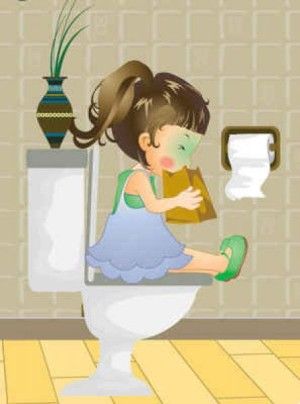 It may calm your child’s vomiting.
It may calm your child’s vomiting.
You can help stop the spread of viruses and protect others by:
- Make sure your child washes their hands with soap and water after using the toilet and before eating.
- Wash you hands often and after touching your child, their eating utensils, or anything that might have vomit on it. Use soap and water or a hand sanitizer.
- Keep the things your child uses, like toys and dirty clothes, away from others. Wash them in hot, soapy water.
- Clean the toilet and hard surfaces often with disinfectants or alcohol wipes. Let dry for 15 seconds.
- Use clean wipes or washcloths for each diaper change. Put the used diaper in the diaper pail or trash right away.
Call your child's doctor or health care provider if you think they're getting worse, do not get any better in 24 hours, will not breastfeed, or show these signs:
- Vomiting gets worse or happens more often.
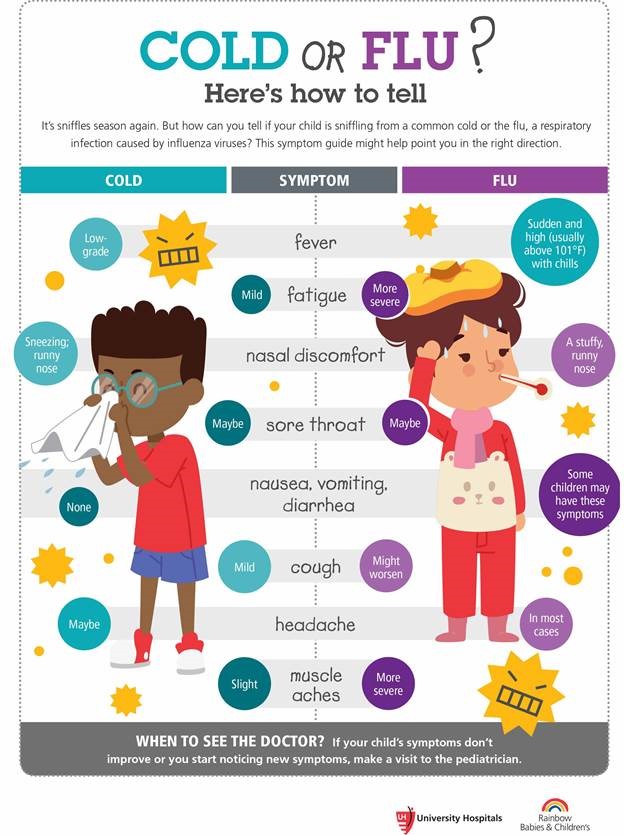 Vomit is bright green or has blood or dark specks that look like coffee grounds in it.
Vomit is bright green or has blood or dark specks that look like coffee grounds in it. - Your child shows signs of being dried out (dehydration) (Picture 2).
- Urine is very dark
- Newborn (0 to 4 months) has less then 6 wet diapers in a day
- Child (4 months or older) has less than 3 wet diapers in a day or pees less than 3 times in a day
- No tears when crying
- Dry or sticky mouth
- Hard or fast breathing
- Sunken-looking eyes
- Soft spot on baby’s head is flat, sunken, or pulls in
- Hard to wake up (lethargic), acts confused or does not know what they are doing
- Urine is very dark
- Your child has a high fever. Use a digital thermometer and wash it after each use.
- Younger than 3 months of age - 100.4° Fahrenheit (F) or 38° Celsius (C) or above
- Older than 3 months of age - 104°F (40°C) or above, above 102F (38.
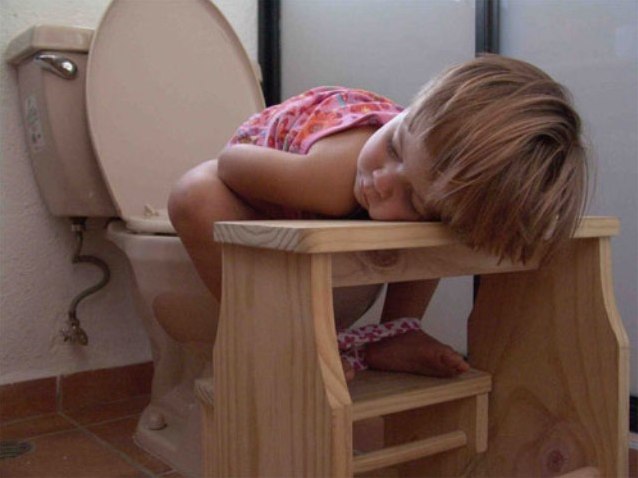 9C) for more than 2 days or keeps coming back, or they have been treated to bring their fever down but it hasn't worked.
9C) for more than 2 days or keeps coming back, or they have been treated to bring their fever down but it hasn't worked.
- If your child has a fever and:
- Looks very ill, is fussy, or is drowsy
- Has an unusual rash
- Has a stiff neck, a bad headache, or sore throat
- Has immune system problems that make them more likely to get sick, such as sickle cell disease or cancer, or takes medicine that weakens the immune system
Vomiting (PDF), Somali (PDF), Spanish (PDF)
HH-I-71 ©Copyright 1977, revised 8/22 | Nationwide Children’s Hospital
You Might Also Be Interested In
Article
Seasonal Flu Resources
Diarrhea
Blog
The Pee Palette: What Do All of Those Colors Mean?
How to stop vomiting in a child: doctors about the dangers of home treatment
Causes of vomiting in children
As Elena Grek, a pediatric gastroenterologist at the SM-Clinic in St.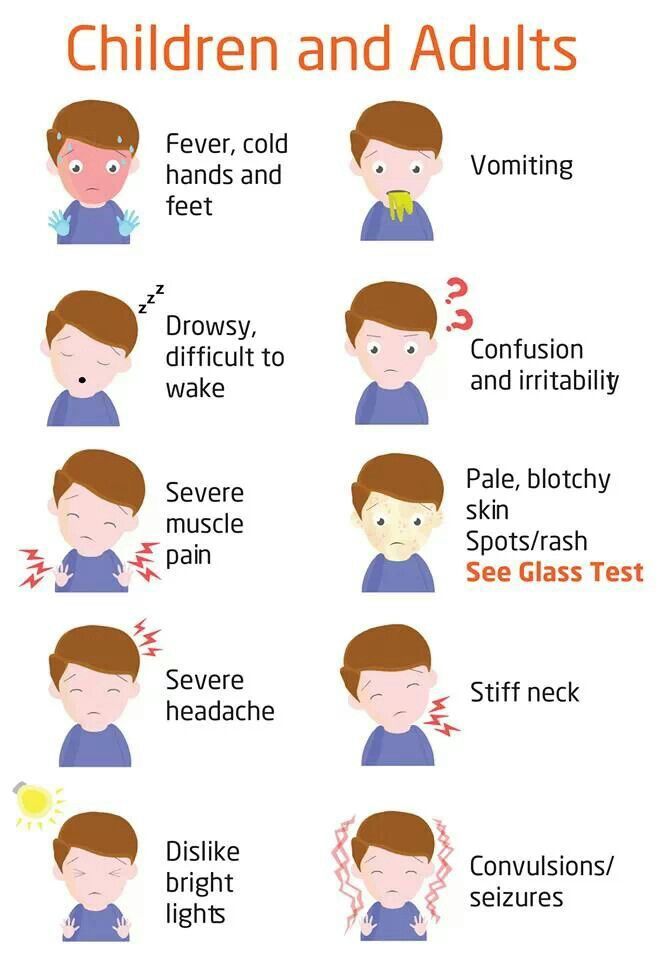 Petersburg, told Gazeta.Ru, children vomit for several reasons:
Petersburg, told Gazeta.Ru, children vomit for several reasons:
“Most often this is a manifestation of intestinal infections: enterovirus, adenovirus or bacterial infections. Second place is occupied by food poisoning. And in older children, vomiting can be a symptom of an exacerbation of a disease of the gastrointestinal tract, for example, gastritis. If the child vomits bile, but at the same time he feels fine, it may be a reflux of bile into the stomach.
Usually such episodes recur with a certain frequency: once a week or a month. Another cause of vomiting in children is sunstroke. When overheated, a child usually vomits only once, and there are no other signs of gastrointestinal upset. In this case, it will be enough to let the baby rest in a dark, cool room.
The doctor also noted that vomiting can begin if blood pressure rises sharply, but this is extremely rare in young children.
Most parents are unable to understand what causes vomiting in children.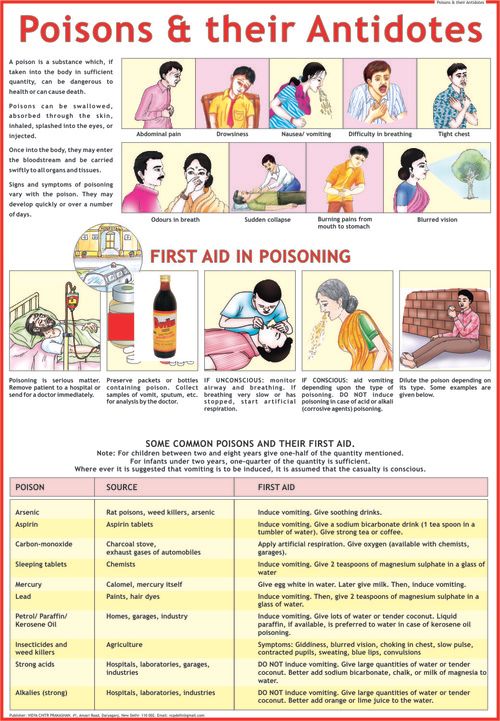 Moreover, sometimes it can be accompanied by loose stools and abdominal pain. It is necessary to seek medical help from a pediatrician or pediatric gastroenterologist, and in some cases, you will need to call an ambulance.
Moreover, sometimes it can be accompanied by loose stools and abdominal pain. It is necessary to seek medical help from a pediatrician or pediatric gastroenterologist, and in some cases, you will need to call an ambulance.
Do not forget that babies have regurgitation, and they have nothing to do with vomiting. About half of newborns under the age of three months spit up at least once a day.
How to quickly stop vomiting at home
Seeing that the child is vomiting, parents ask themselves the question “How to quickly stop vomiting at home?” Many adults hope that there is a universal drug that will immediately solve the problem.
However, Ksenia Batrak, a pediatrician at the SM-Clinic in St. Petersburg, warns that it is practically impossible to stop vomiting quickly, and most often it is not necessary and even dangerous:
“It is no coincidence that doctors do not advise giving children antiemetics. Vomiting is a protective symptom that helps the body rid itself of infection.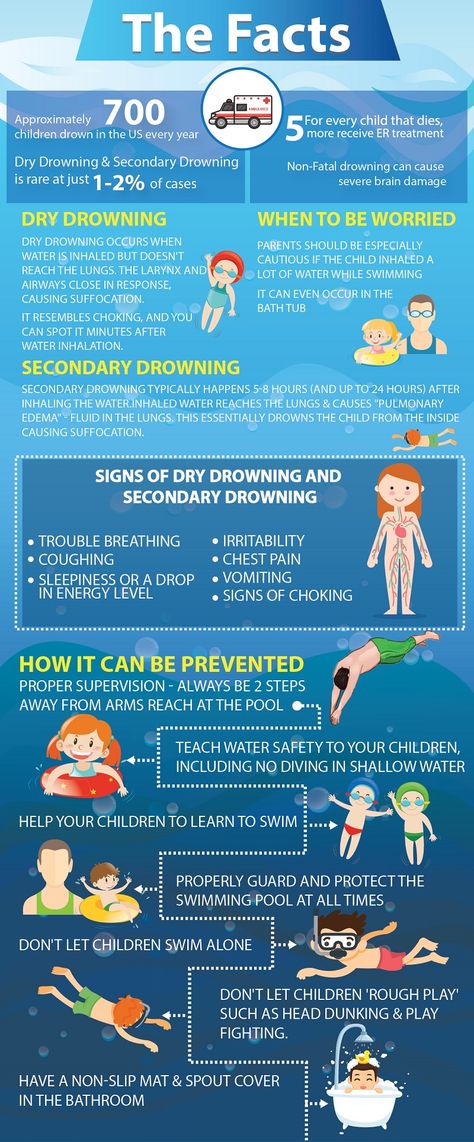 By stopping it with the help of pills, we harm children ourselves. We also interfere with the correct diagnosis, blurring the clinical picture of the disease. So it’s not worth trying to stop vomiting at home.”
By stopping it with the help of pills, we harm children ourselves. We also interfere with the correct diagnosis, blurring the clinical picture of the disease. So it’s not worth trying to stop vomiting at home.”
Andrey Kurenkov, pediatrician, expert of the Mama TV channel, also warns against home “treatment” of parents:
“In no case should you stop vomiting on your own, without seeing a doctor. The fact is that vomiting occurs in many diseases, some of which are mild and self-limiting, and some are deadly (intestinal obstruction, diabetic ketoacidosis, acute adrenal insufficiency, non-food poisoning, increased intracranial pressure). If vomiting is caused by these reasons, and you will try to stop it, you risk losing time.
close
100%
What can be given to a child for vomiting lemon. But the main task is to provide the child's body with a sufficient amount of fluid to prevent dehydration.
“If you vomit once, you can give dried fruit compote. But if the child continues to vomit, you need to switch to fractional drinking: take at least a few sips every 10-15 minutes. It is better to drink plain water, but boiled, ”recommends Dr. Batrak.
But if the child continues to vomit, you need to switch to fractional drinking: take at least a few sips every 10-15 minutes. It is better to drink plain water, but boiled, ”recommends Dr. Batrak.
Does the child have dry mouth, foamy saliva or no saliva, reduced urge to urinate, small urine volume, reduced activity? These are signs of dehydration. Loose stools further accelerate fluid loss.
Vomiting and diarrhea are dangerous for a small child due to a decrease in electrolytes in the body. Together with the liquid, the child also loses biologically significant elements that support important processes in cells. Pediatrician Ksenia Batrak told how they can be replenished: “To compensate for the loss of glucose or acids, you can add a little sugar or lemon juice to ordinary water. You can also buy ready-made solutions with a verified composition of electrolytes, salt and sugar. For example, Regidron Bio. Usually, children do not really like their taste, but such solutions help to replenish the balance of nutrients.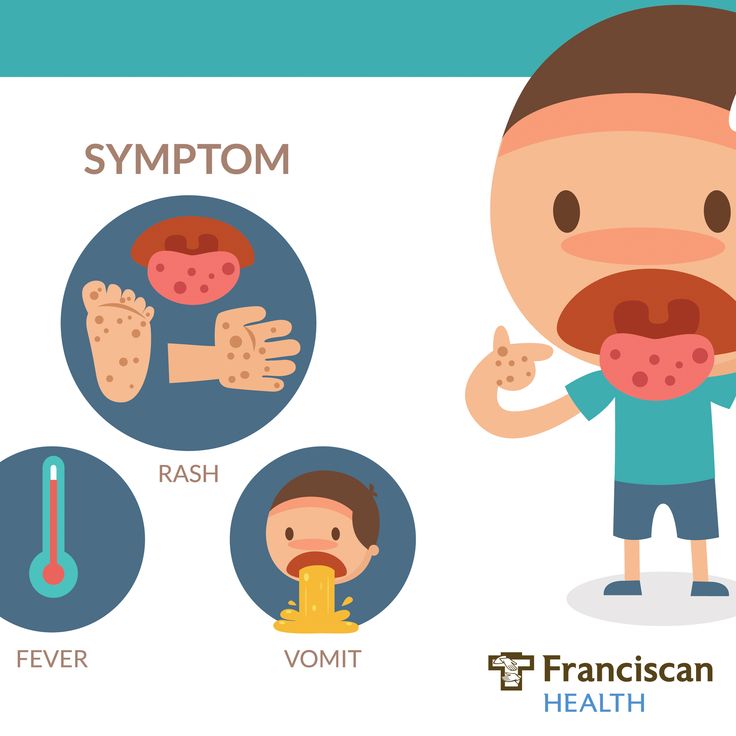 If the cause of vomiting in children is food poisoning, sorbent preparations can be taken.
If the cause of vomiting in children is food poisoning, sorbent preparations can be taken.
Pediatrician Andrey Kurenkov explains why a drug for adults cannot be used to restore the water-salt balance (rehydration):
salt concentration, and they themselves can provoke vomiting. For children, funds with low osmolarity are needed. For adults - Regidron, for children - Regidron-Bio.
How to stop vomiting when there is nothing to vomit
There are cases when the gag reflex persists even when there is nothing left to vomit. In such a situation, parents try to find a way to stop the child from vomiting.
However, pediatric gastroenterologist Elena Grek warns that the only option is to seek medical help: “All parents can do is move the child to a cool and quiet room, dim the lights, put something cold on the head, pat on the head or tummy. In other words, try to calm down while waiting for the doctor.”
close
100%
Doctor or ambulance
How do I know if my child needs an ambulance or is it enough to wait for a doctor?
Andrey Kurenkov advises to focus on his own life experience:
“You have to decide on your own only one question: the child needs emergency or planned medical care.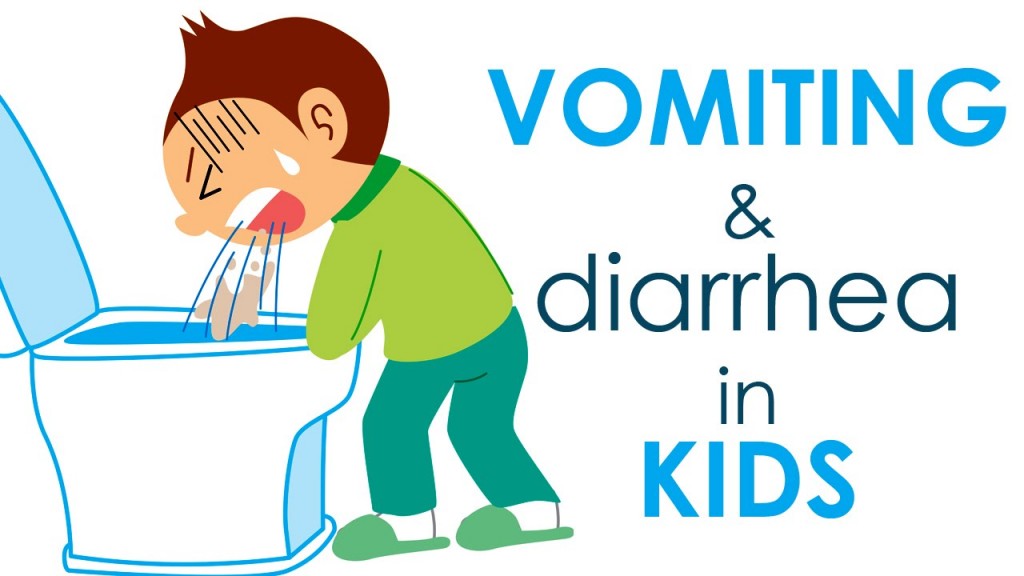 If, in the process of waiting for the doctor, despite your efforts to drink water, the child's condition worsens and his urination becomes less frequent, you need to call an ambulance.
If, in the process of waiting for the doctor, despite your efforts to drink water, the child's condition worsens and his urination becomes less frequent, you need to call an ambulance.
The doctor emphasizes that no medication should be given until the doctor arrives, all the efforts of parents should be devoted to feeding the child with low-osmolar oral rehydration agents, which were discussed above. This will help prevent dehydration.
What to do after a child has vomited
Doctors specify that the universal remedy for vomiting in children is drinking.
Elena Grek tells what you can drink and even feed a child after vomiting: “If the body perceives liquid well, then warm weak tea can be added to the water. The drink should not be made too hot. Tea can be sweetened and a little lemon can be added to restore the acid balance. Any food after vomiting should also be liquid and homogeneous in composition. Porridge or chicken broth will do. Fatty and fried foods should be avoided.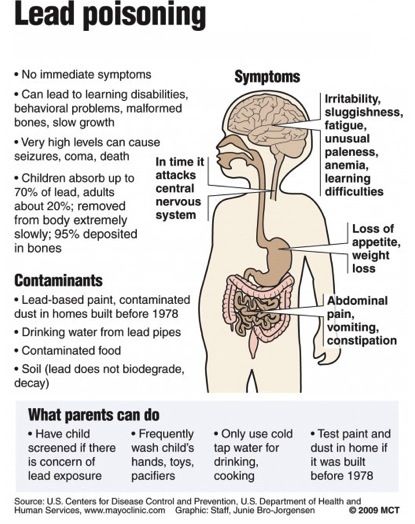
But if the vomiting does not stop, the head and stomach begin to hurt, loose stools appear, the temperature rises, and the child himself is lethargic and unable to even drink, the doctor warns: you should immediately seek medical help.
Can I give my child fizzy drinks when I'm dehydrated from vomiting and diarrhea?
“In no case should a child drink soda in case of vomiting and diarrhea (loose stools). The maximum can be given alkaline mineral water. But only in one case - when vomiting is caused by an exacerbation of gastritis or pancreatitis (an inflammatory process in the pancreas). Alkaline will help to extinguish the acidity in the stomach. At the same time, even such a mineral water should be without gas,” Elena Grek answers.
reasons and first aid for a child
We treat children according to the principles of evidence-based medicine: we choose only those diagnostic and treatment methods that have proven their effectiveness. We will never prescribe unnecessary examinations and medicines!
Make an appointment via WhatsApp
Prices Doctors
The first children's clinic of evidence-based medicine in Moscow
No unnecessary examinations and medicines! We will prescribe only what has proven effective and will help your child.
